Global high-mix volume high-speed Shenzhen PCBA manufacturer

Ru
9:00 -18:00, Mon. - Fri. (GMT+8)
9:00 -12:00, Sat. (GMT+8)
(Except Chinese public holidays)





Global high-mix volume high-speed Shenzhen PCBA manufacturer

Ru
9:00 -18:00, Mon. - Fri. (GMT+8)
9:00 -12:00, Sat. (GMT+8)
(Except Chinese public holidays)





HomePage > Blog > Knowledge Base > What’s the Meaning of PCBA—Printed Circuit Board Assembly
● Printed circuit board assembly, or PCBA, also called circuit card assembly, involves placing electronic components on a printed circuit board to make devices work. It requires soldering and testing.
● There are two main methods in circuit card assembly: Surface-Mount Technology (SMT) and Through-Hole Technology (THT). SMT is fast and suitable for small devices while THT provides solid connections and is better for heavy-duty items.
● Choosing the correct circuit board manufacturer is important. Look for those with a good reputation, use high-grade materials, and offer modern assembly options.
What is the PCBA meaning? PCBA or PCB assembly is a process of putting electronic parts like microchips, resistors, and capacitors onto a printed circuit board. This step turns a bare board into a working device.
PCBA manufacturing process related to the quality of devices closely. Good parts and careful work mean better PCBs.
In electronics making, PCBs help connect parts. They make devices small and complex—the process cuts costs while PCBA attaches parts firmly, stopping mistakes. They let people put things together fast with machines like pick-and-place or soldering stations.
PCBs are in many things - phones, cars, machines, health gadgets, and phone networks. Making them well is key for everything to work right. Quality checks like automated optical inspection ensure each part is good before use.
A PCB is a printed circuit board. It’s a non-conductive board with paths for electricity to flow. At this time, it has parts like resistors and chips but doesn't work yet.
PCBA is when all those parts are put on the PCB and soldered to make it work. Think of a PCB as an empty shelf and a PCBA as a shelf filled with books.
In short, a PCB is just the beginning, and a PCBA is the finished product. Ready to go into devices.
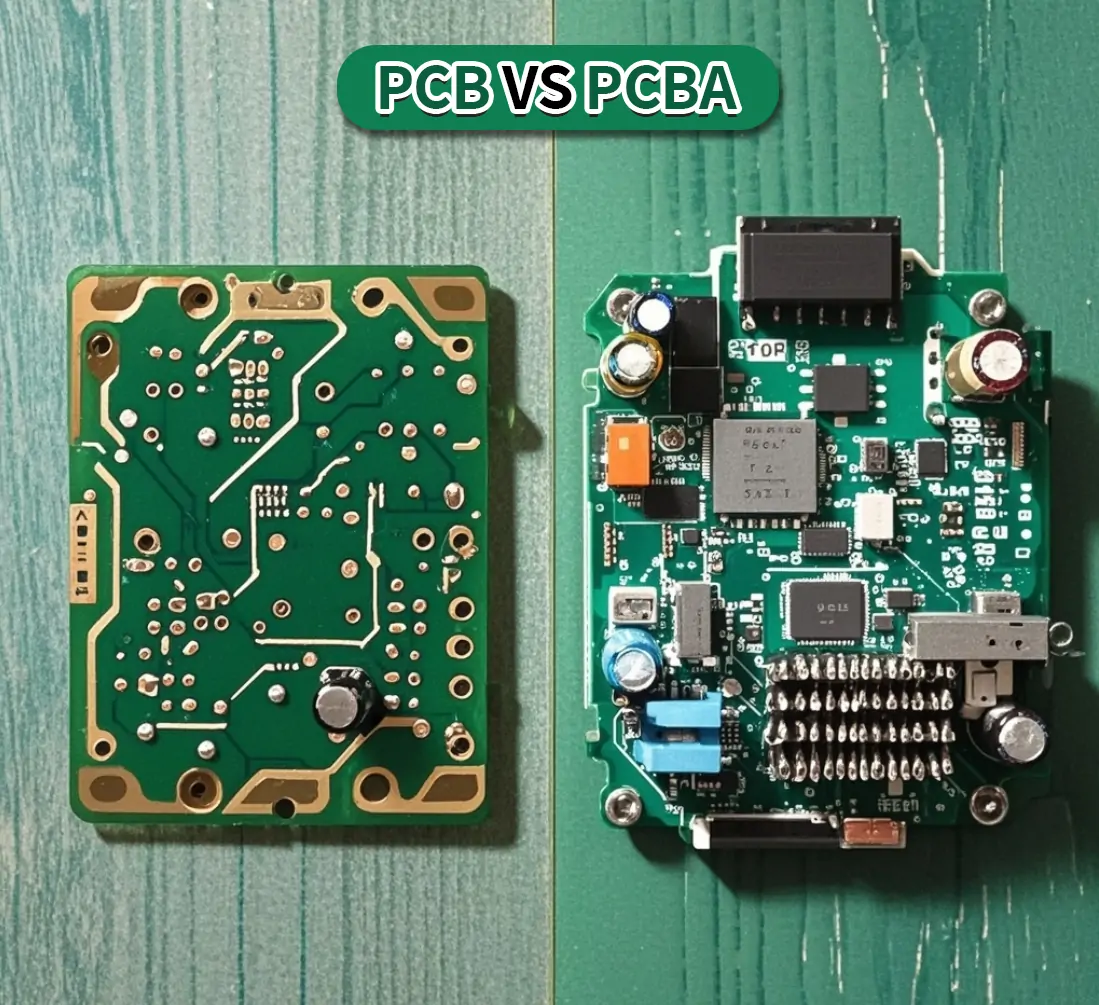
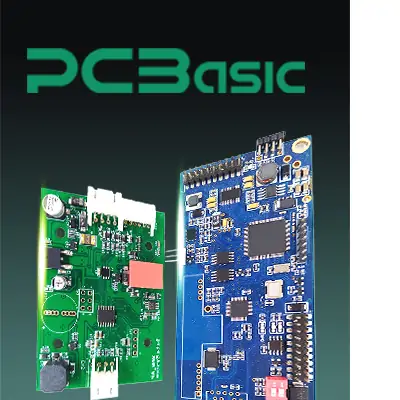 About PCBasic
About PCBasic
Time is money in your projects – and PCBasic gets it. PCBasic is a PCB assembly company that delivers fast, flawless results every time. Our comprehensive PCB assembly services include expert engineering support at every step, ensuring top quality in every board. As a leading PCB assembly manufacturer, we provide a one-stop solution that streamlines your supply chain. Partner with our advanced PCB prototype factory for quick turnarounds and superior results you can trust.
During the PCBA manufacturing, the assembly world mainly rides on two big waves: Surface-Mount Technology (SMT) assembly and Through-Hole Technology (THT).
SMT slaps components right onto the surface of a board, making it fast and cost-effective for many gadgets. This method shines in lightweight, space-sensitive products.
Conversely, THT components are inserted through pre-made holes in the board, like threading a needle. This old-school approach gifts strong connections perfect for heavy-duty stuff but takes more time and space.
While SMT assembly speeds ahead with modern needs, through-hole PCB assembly service is trusted for its robustness in rough conditions and high temperatures. Each picks its battle—SMT plays well with complex circuits needing mini parts, while THT holds up against harsh conditions where toughness is vital.
The techniques of PCBA manufacturing are various. How to assemble electronic parts together, the choice relates to what your gizmo must endure in the wild or snug inside pockets.
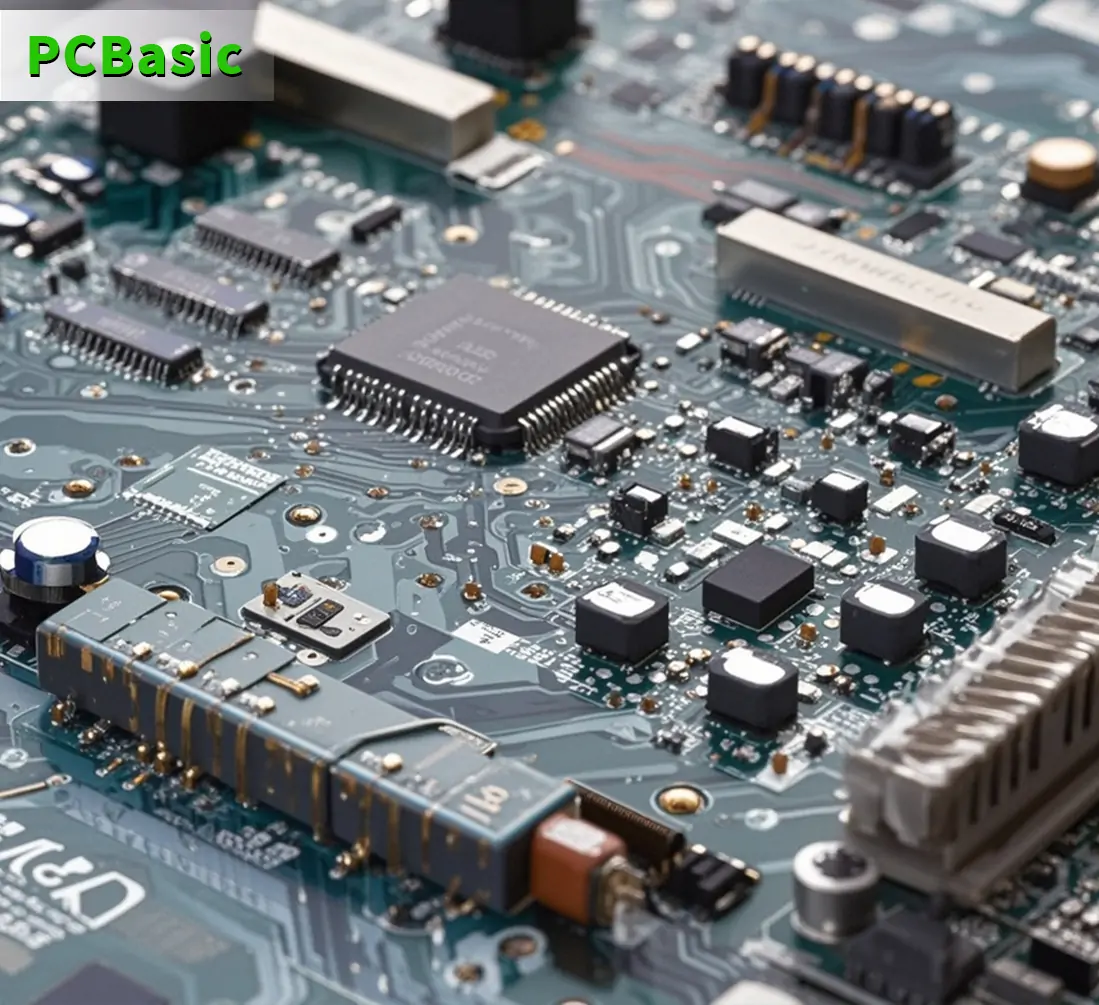
SMT, or surface mount technology assembly, correctly places electronic parts on the PCB's surface. Machines like picking-and-placing tools drop components into the right spots. Then, everything goes through a reflow oven.
This bakes the solder paste and holds parts in place. It's so fast and can assemble electronic parts together quickly, letting PCBA manufacturers make lots of circuit boards quickly.
Circuit board manufacturers always check the work to make sure everything runs smoothly. First comes Solder Paste Inspection (SPI). This step checks how well they applied solder paste before adding components.
Next is Automated Optical Inspection (AOI). It looks at each board to find any problems after placing parts.
Last is In-Circuit Testing (ICT). This final test makes sure everything works as it should.
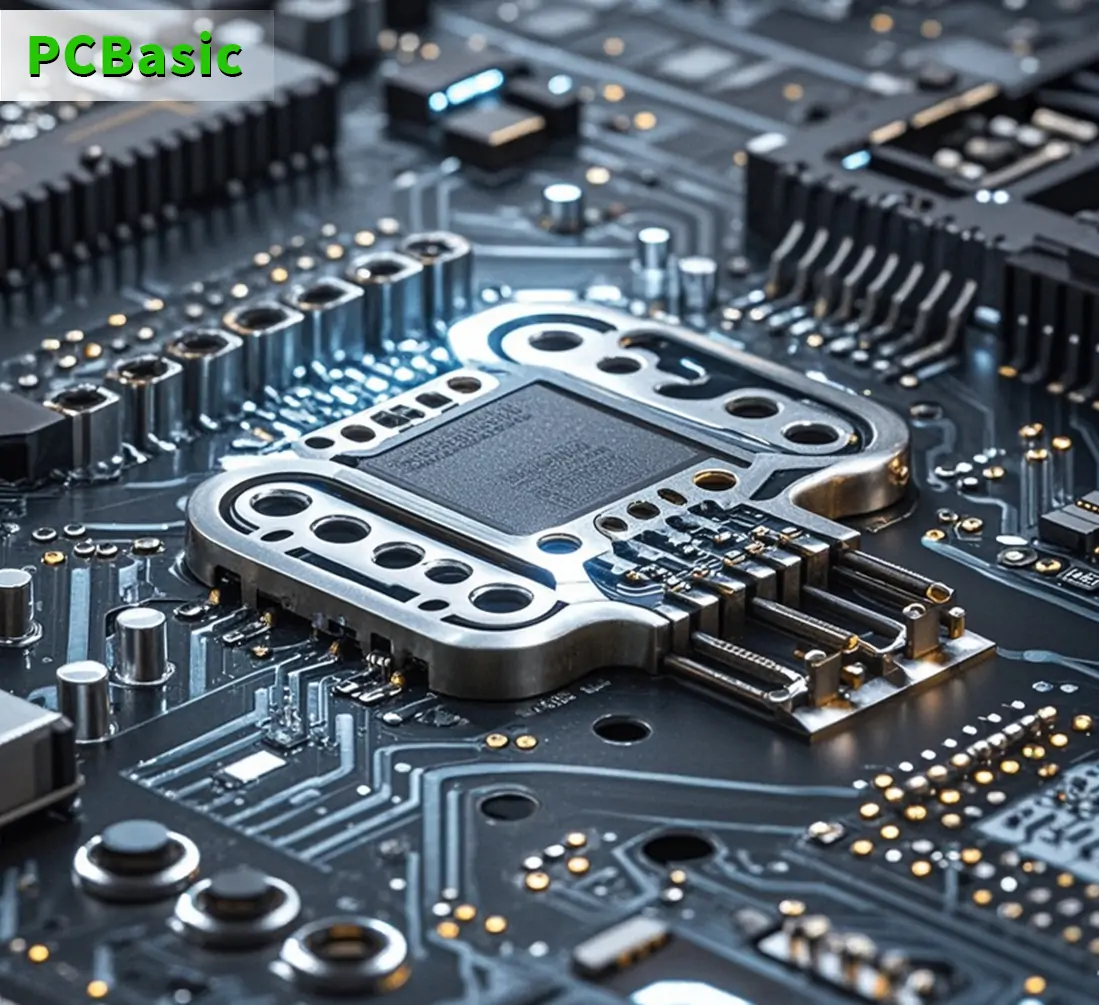
Through-hole component assembly starts by drilling holes into the printed circuit board (PCB). Then, workers put metal leads of components through these holes. This method can assemble electronic parts strongly.
It works well in harsh environments where circuits must last. After placing the components, they use wave soldering to connect them firmly to the PCB. This step involves melting the solder to thoroughly cover all necessary areas without leaving any gaps.
Quality depends on how skilled the workers are. They must place each component right and ensure every solder joint is perfect.
Finding the best circuit board manufacturer is vital for high-quality electronic component assembly. PCBasic, a leading name in China, stands out among circuit board manufacturers.
This company has earned its spot at the top by ensuring that each piece of technology meets global standards. They are not just another option but a prime choice for professionals needing reliable circuit boards from skilled manufacturers.
With PCBasic, you tap into excellence in PCB fabrication and manufacturing and get a satisfactory electronic assembly service, making them a smart pick for your electronics projects.
Circuit board assembly puts tiny parts together to make devices work. There are two main ways to do this: by putting parts on top or through holes in the board.
People use machines to add these parts very carefully and then check to make sure everything is right. Finding a good place to do this job is key. They need to know how to put the pieces together nicely.
This keeps electronics running smoothly every day, from phones to fridges.
Circuit board assembly involves placing components like SMDs, ball grid arrays (BGA), and quad-flat packages on a PCB or motherboard. This process can include selective soldering, using soldering paste to make solid connections.
Component placement in circuit board assemblies involves accurately positioning surface mount components and other elements onto the mainboard. The use of tools like an SMT stencil helps ensure precision.
Rework refers to the process of correcting errors on a completed PCB, such as fixing faulty solder joints or addressing issues with signal integrit
Flux is used during soldering to clean metal surfaces. At the same time, a solder mask is applied over the metal traces on a PCB to protect against oxidation and prevent accidental contact between conductive parts.
Testing methods may involve checking for leakage current, ensuring proper capacitance levels, or conducting embedded system testing to verify all components function correctly together.
Common materials include solders for creating electrical connectors, epoxy for securing components into place through holes or plated through-hole techniques, and deionized water for cleaning purposes before applying spray coatings.
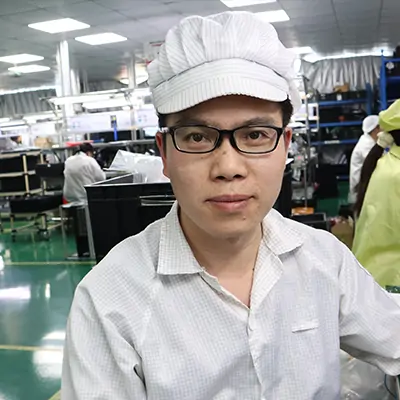
Assembly Enquiry
Instant Quote